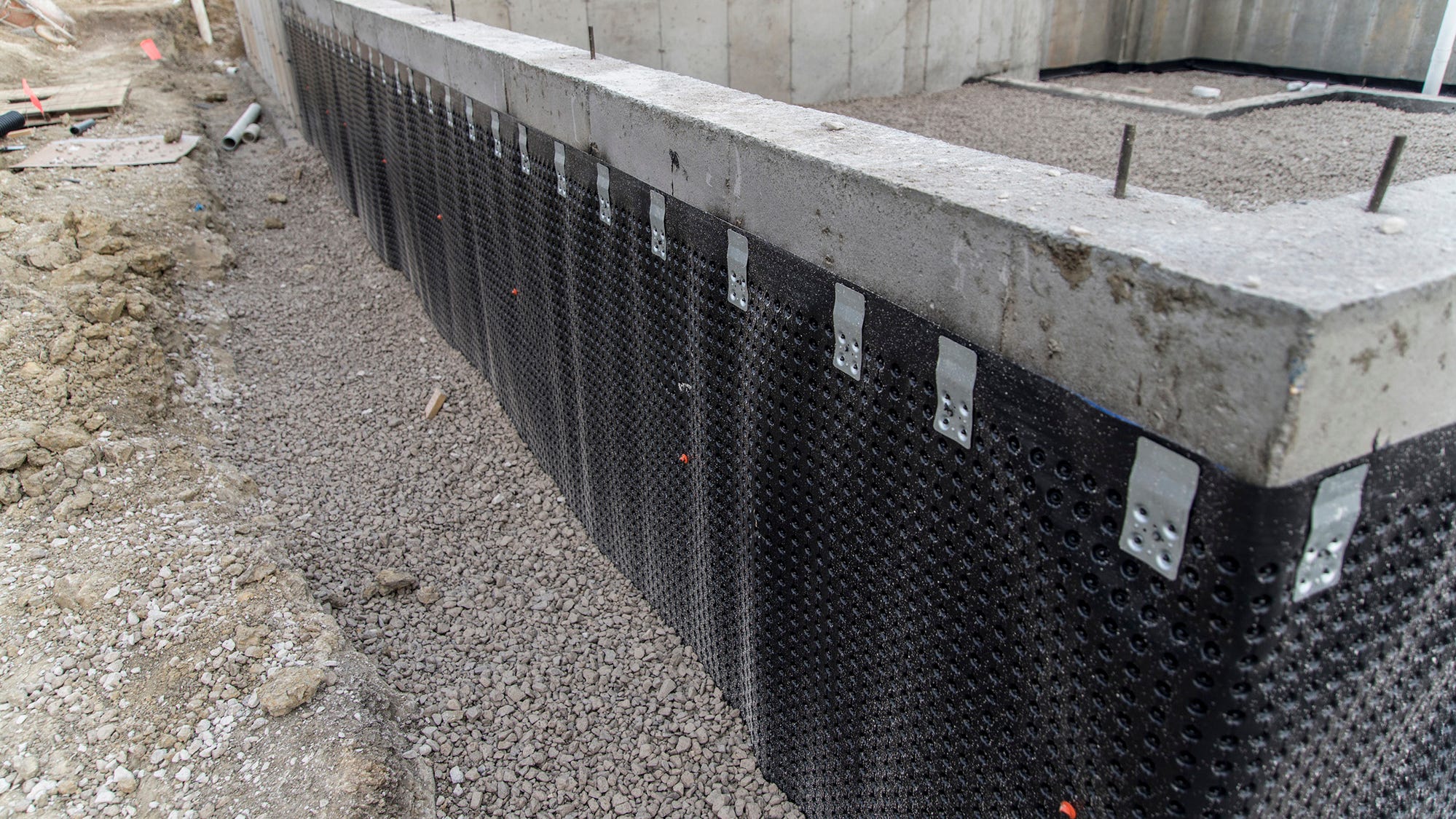When it comes to maintaining the structure of your house or building, sealing is an crucial step that should never be neglected. Starting with shielding your home against water damage to preventing the growth of mildew and mold, powerful waterproofing solutions can spare you thousands in maintenance and stress down the line. In a environment increasingly centered on environmental responsibility, finding sustainable waterproofing choices becomes even more important. This piece examines a range of sustainable waterproofing practices that not only preserve your building but also minimize your ecological footprint.
The process towards successful waterproofing might seem overwhelming, but it doesn't have to be. Comprehending the many techniques and products available can allow you to take informed judgments. Whether you are looking to waterproof your basement to prevent flooding or exploring options for roof waterproofing to safeguard your investment, our overview will include everything you need to learn. We will address common myths, underscore the significance of waterproofing in energy conservation, and examine how sustainable construction practices can merge these solutions seamlessly into your development endeavor. Let’s dive into the realm of green waterproofing and discover how you can effectively protect your investment while taking care of the environment.
Understanding the Significance of Waterproofing
Waterproofing is a critical aspect of building maintenance that many homeowners and property managers overlook. It plays an integral role in protecting structures from water damage, which can lead to costly repairs and health issues caused by fungus and mildew. By ensuring that your home or building is adequately waterproofed, you not only preserve its structure but also enhance its total value.

One reason waterproofing is crucial is that it stops significant humidity-related problems. This includes challenges such as foundation leaks, flooding in basements, and water intrusion in walls. These problems can increase quickly, leading to extensive repairs that significantly impact your finances. Spending in waterproofing solutions can save you a lot in repairs in the future and provide peace of mind knowing that your property is safe from moisture damage.
Besides safeguarding against water damage, efficient waterproofing can improve energy conservation in buildings. Properly protected https://yamcode.com/ require reduced energy for heating and cooling needs, as they minimize drafts and stop moisture from entering and impacting indoor climate. By incorporating waterproofing measures in your building plan, you are not only safeguarding your asset but also contributing to a more eco-friendly and efficient in energy use environment.
Key Moisture-Proofing Strategies and Solutions
In the context of safeguarding your home from water damage, different waterproofing methods can be employed. One of the most effective techniques is the application of waterproof coatings and membranes. These coatings are designed to create a barrier against moisture, making them ideal for areas like ceilings, sides, and basements. For instance, liquid-applied membranes can be used on level roofs to prevent dripping, while cementitious finishes are ideal for basement walls that often experience hydrostatic pressure.
An additional method involves proper drainage management. Installing drainage systems such as French drains can significantly reduce water build-up around your property. By redirecting rainwater away from the base, you can prevent it from seeping into your home. Additionally, making sure that gutters and downspouts are operating correctly can also minimize water intrusion, protecting both the inner part and outer part of your building from potential wetness and mold growth.
For those looking for DIY options, using waterproof barriers and paints is a common choice. These products can be readily applied to areas in need of protection, such as washrooms and cuisine spaces, where moisture is common. However, it’s crucial to choose the right products based on the specific needs of each area, as some sealants may be more efficient against fungus, while others focus on preventing drips. Ultimately, selecting the suitable waterproofing solution can save you considerable money in repairs and extend the lifespan of your home or building.
Choosing the Best Waterproofing Approach for Your House
As you determining a waterproofing solution for your house, it is crucial to consider the unique needs and weaknesses of your home. Consider factors such as the climate, the nature of soil, and the current architectural characteristics. For illustration, properties in areas with heavy precipitation may need greater robust options compared to those in arid regions. Additionally, identifying https://damm-sahin.thoughtlanes.net/moisture-barrier-myths-debunked-what-you-need-to-understand of potential water intrusion is crucial, as it can help you in deciding between interior and exterior waterproofing choices.
Do-It-Yourself methods can be an affordable choice for homeowners well-acquainted with renovation projects. However, for complex issues or extensive areas, investing in professional waterproofing help may be more beneficial. Professionals can deliver specialized knowledge, ensuring the chosen methods are suitable for your home’s specific requirements. Be sure to evaluate the advantages and cons of Do-It-Yourself versus professional choices and consider reaching out to experienced contractors.
In the end, the resources and methods you choose should match with your future goals for the home. Seek out sustainable waterproofing solutions that not just protect your property but also encourage sustainability. Reviewing waterproofing products, their effectiveness, and likely effects on the environment can help you make an informed decision that preserves the integrity of your residence while being considerate of ecological issues.
